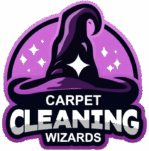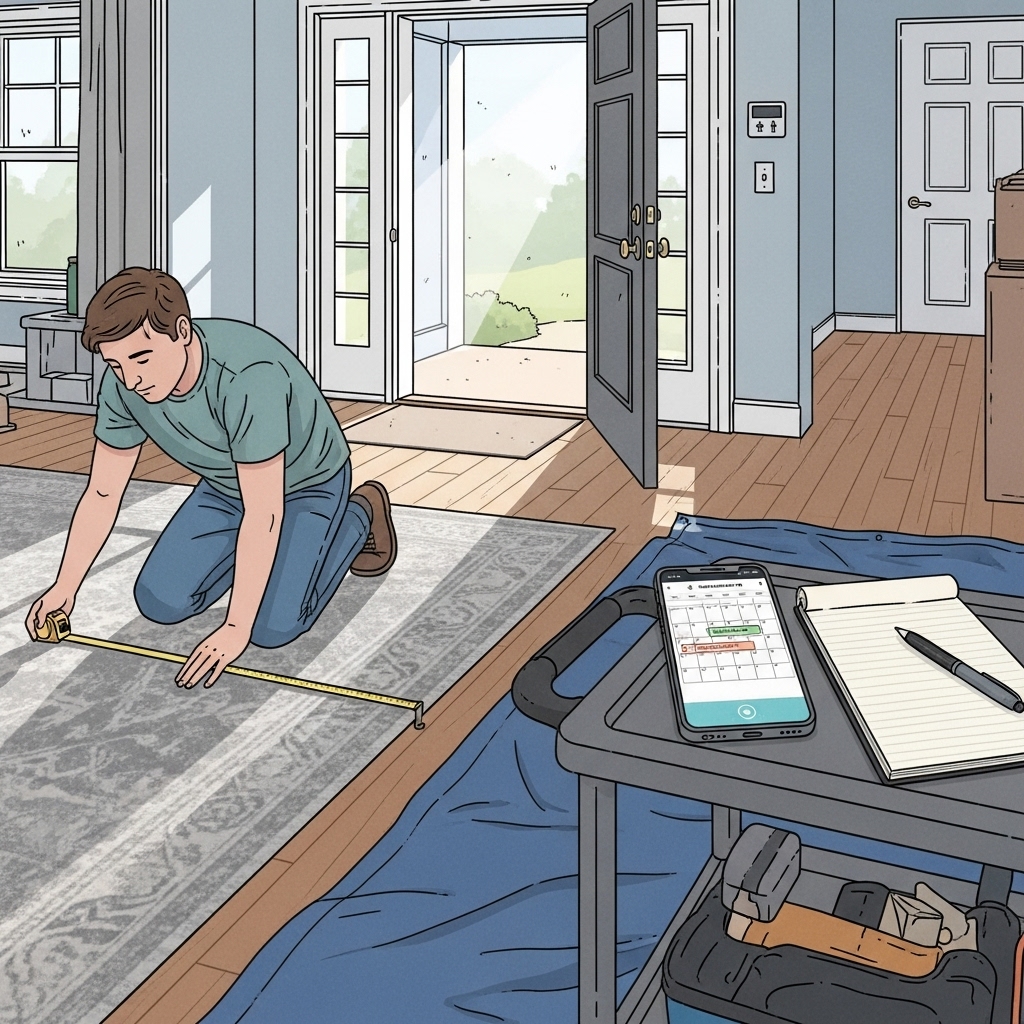Booking Rug Cleaning in Elizabeth, NJ: Your Complete Prep Checklist
Smooth, successful service starts long before the first vacuum pass or rinse. From verifying fiber type to clearing pathways, a bit of planning saves time, protects your home, and helps technicians deliver their best work. This detailed checklist walks you through every stage—initial inquiry, scheduling, home preparation, and aftercare—so you know exactly what to expect. As you begin, it helps to understand how comprehensive rug cleaning is sequenced and why technicians ask certain questions about your textile and space.
Elizabeth, New Jersey presents a mix of urban logistics and seasonal climate shifts. Parking, elevator access, stairwells, and humidity all influence how a service unfolds. With the right preparation, even complex scenarios proceed smoothly, whether you’re booking in-home extraction for sturdy synthetics or off-site washing for delicate hand-knotted pieces.
Step 1: Define Your Goals and Constraints
Start by clarifying what you want to achieve and what must fit around your schedule. Do you need a quick refresh before guests arrive, or a thorough decontamination for a pet-affected rug? Are there rooms you can’t make accessible during certain hours? Do you prefer in-home work or off-site washing? Being clear on goals and constraints helps the provider design a plan that balances outcomes with convenience.
List any pre-existing concerns: buckling, frayed edges, sun fade, previous spills, or attempts at DIY cleaning. Photographs help. This record guides inspection and sets expectations while protecting both you and the service team.
Step 2: Choose the Right Provider
- Ask about testing: How do they assess dye stability and fiber type?
- Clarify method options: Do they offer in-home extraction and off-site washing with controlled drying?
- Request process details: What does dry soil removal look like? How are fringes handled?
- Discuss contingencies: What happens if a dye bleeds during the test?
- Confirm documentation: Will they measure and photograph before and after?
The ability to explain steps with clarity is a strong indicator of experience. Specialists should be comfortable tailoring methods to fiber, construction, and contamination level rather than applying a single routine.
Step 3: Scheduling Smartly in Elizabeth
Pick a window that considers traffic, parking, and building rules. If your home has tight stairwells or limited elevator access, share details and measurements ahead of time. For off-site washing, coordinate a pickup time when someone can review the rug with the team, note concerns, and confirm measurements.
Seasonal timing matters. In summer, humidity management can extend drying; in winter, closed windows may limit natural ventilation. Allow for these realities in your timeline, especially for thick, dense rugs or those requiring special treatments.
Step 4: Prepare Your Space
- Clear pathways: Move small furniture, floor plants, and breakables from hallways and entryways.
- Protect fragile items: Remove art leaning on floors, vases, or other items near the work area.
- Secure pets: Keep pets in a separate room to reduce stress and avoid escapes during open-door periods.
- Identify utilities: Let the team know about water access, drains, and electrical outlets if in-home work is planned.
- Cover adjacent flooring: If extraction is in-home, discuss how hardwood near the rug will be protected from moisture.
Small steps prevent delays and accidents. If moving large furniture is necessary, discuss what the team can handle safely and what you should move in advance.
Step 5: Pre-Inspection With the Technician
Walk the rug with the lead technician. Point out spots, pet accidents, snags, or edge wear. Share any prior cleaning attempts and products used. This context informs chemistry choices and risk management. Expect a brief colorfastness test in an inconspicuous area, especially for natural fibers and richly dyed borders.
Agree on goals. For example, complete odor removal may require off-site decontamination rather than a quick in-home pass. Clarify whether fringe detailing is desired. Setting priorities ensures the time invested delivers the results that matter most to you.
Step 6: Understand the Process
At a high level, professional care follows a consistent outline: dry soil removal, targeted pre-treatments, method selection (in-home extraction or off-site wash), thorough rinsing, controlled drying, and grooming. Each step builds on the last. Skipping dry soil removal, for example, makes washing less efficient and can drive particulates deeper into the foundation.
Tufted rugs with latex backing, hand-knotted wool with cotton foundations, and silk blends all require different handling. Your provider should explain why they’re choosing a particular path and what safety checks protect your textile along the way.
Step 7: Day-of Logistics
- Arrival window: Confirm timing and who will be on-site to grant access.
- Parking: Provide details or permits as needed in Elizabeth’s busier neighborhoods.
- Walk-through: Revisit concerns briefly and confirm the plan.
- Protection: Expect drop cloths, corner guards, and floor protection where appropriate.
- Noise and airflow: Be prepared for moderate equipment noise and fans used to accelerate drying.
If doing an off-site wash, the team will roll and secure the rug for transport. Ask about labeling and tracking, and confirm anticipated turnaround.
Step 8: Aftercare at Home
When the rug returns or the in-home work wraps up, maintain airflow to encourage any trace moisture to dissipate. Avoid placing heavy furniture immediately on a freshly cleaned rug; give the pile a chance to settle. If pads were removed for cleaning, verify they’re dry and compatible with your floor finish before reinstalling.
Monitor for wicking over the first 24 hours. If a faint halo or spot reappears, contact your provider promptly; a quick follow-up often resolves minor issues before they set.
Step 9: Preventive Maintenance
- Vacuum gently and regularly using a suction-only tool when possible.
- Rotate seasonally to balance wear and sunlight.
- Use entry mats to catch grit, especially in winter when de-icing compounds travel indoors.
- Blot spills immediately with clean, white towels; avoid scrubbing.
- Consider a protector for wool to slow stain absorption and make blotting more effective.
Prevention stretches the time between washes and keeps colors crisp and pile buoyant.
Common Questions From Elizabeth Homeowners
Q: Should I choose in-home cleaning or off-site washing? A: It depends on fiber, construction, dye stability, and contamination. Sturdy synthetics with stable dyes can fare well in-home. Handmade, silk, or pet-affected rugs usually benefit from controlled off-site care.
Q: How do you protect my hardwood floors? A: Professionals use barriers, absorbent materials, and careful moisture control. Off-site washing eliminates in-home water exposure entirely.
Q: Can all odors be removed? A: Many can, especially with proper decontamination and thorough rinsing. Realistic expectations are important for older, heavily saturated pieces.
Q: What about fringes? A: Fringes receive separate attention. Avoid vacuuming them directly, and ask about whitening and grooming as an add-on.
Q: How long does drying take? A: It varies based on fiber, density, and method. Balanced airflow and dehumidification speed safe drying and protect the foundation.
Elizabeth-Specific Tips
Urban access matters. If you live in a walk-up, share stair and hallway dimensions to ensure safe transport. For condos with service elevators, reserve a time if building rules require it. In summer, plan for dehumidification and airflow post-cleaning; in winter, coordinate timing with your heating schedule to encourage stable dry times.
Road grit and salt accumulate quickly in colder months. Place runners near entries and rotate main rugs to distribute exposure. Seasonal rotations also give you a chance to inspect backs and pads for early signs of wear.
Your Personal Checklist
- Clarify goals and preferred timing.
- Shortlist providers and verify method options.
- Share fiber, construction, and size details with photos.
- Discuss dye testing and contingencies.
- Confirm pickup logistics or on-site protection plans.
- Prepare pathways and secure pets.
- Walk through concerns with the technician.
- Maintain airflow during and after service.
- Monitor for wicking and report promptly if needed.
- Adopt preventive habits: vacuum, rotate, protect.
Following this list turns a complex project into a smooth routine.
Ready for a Seamless Service Experience?
Preparation is your superpower. With clear goals, a thoughtful provider, and a home set up for success, your rugs will look vibrant and feel fresh. When you’re ready to schedule and want a team that explains each step—inspection, method selection, drying, and follow-up—choose specialists who provide comprehensive rug cleaning designed for Elizabeth homes and the way you live.

